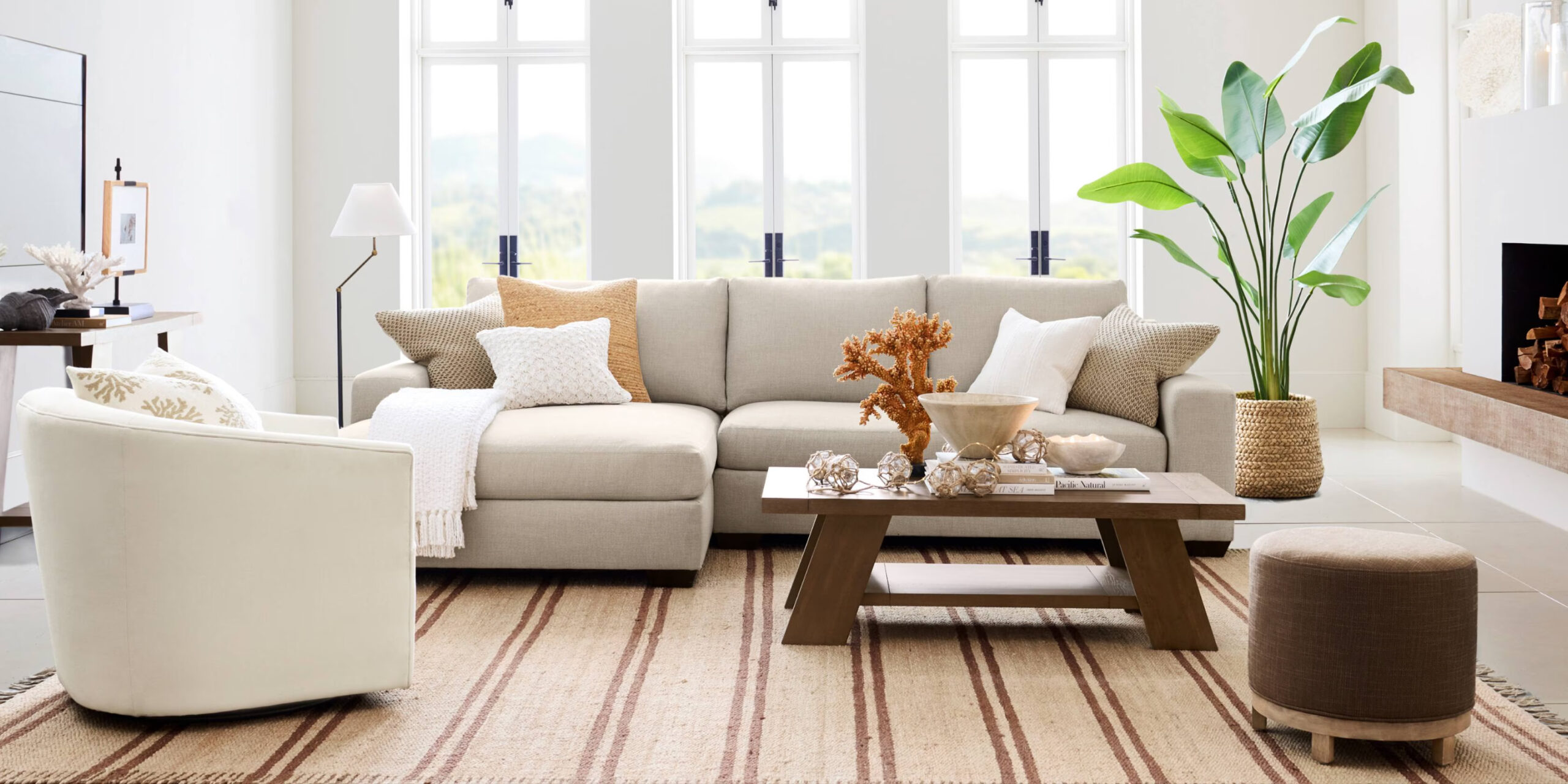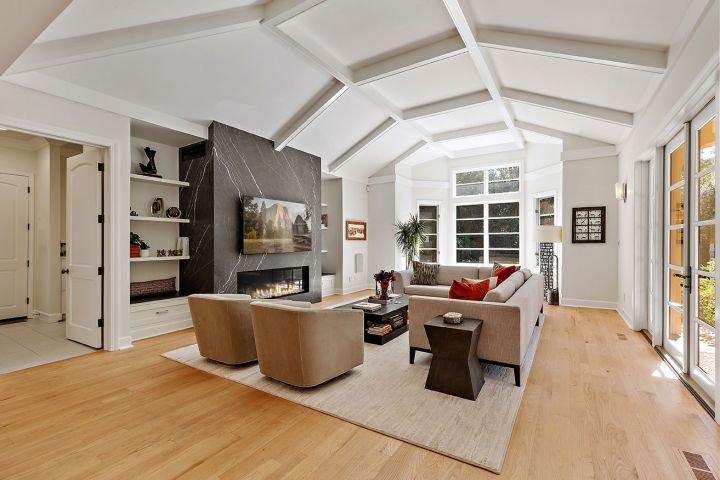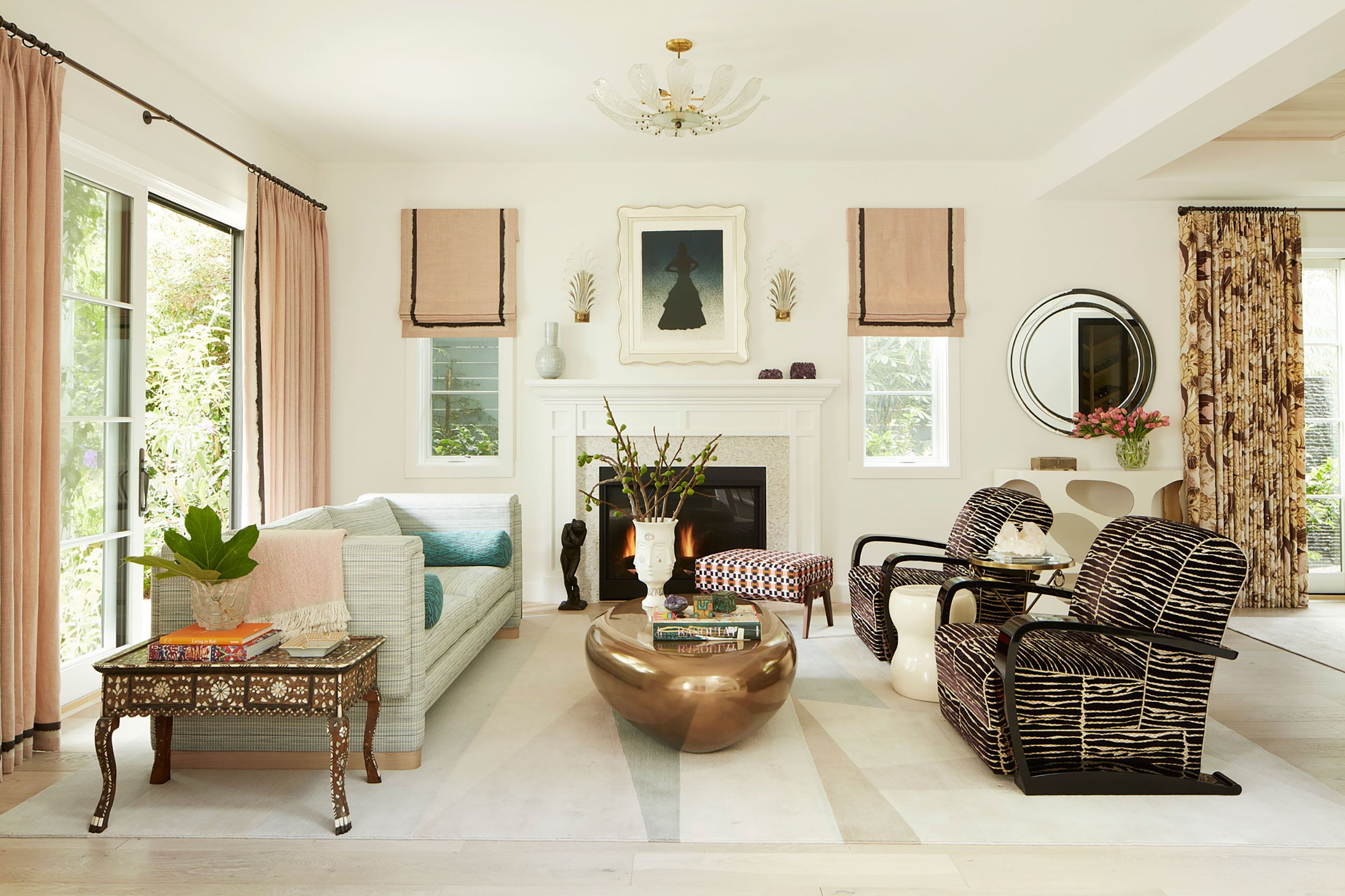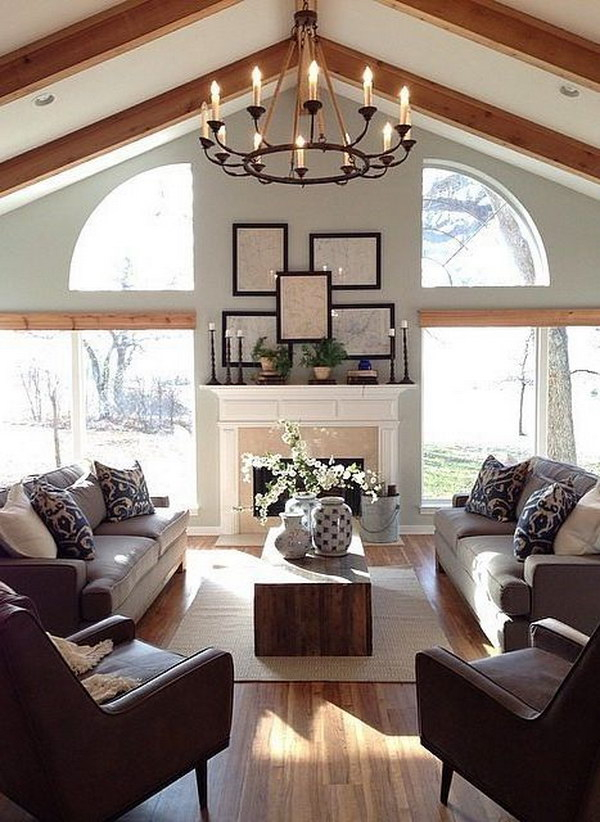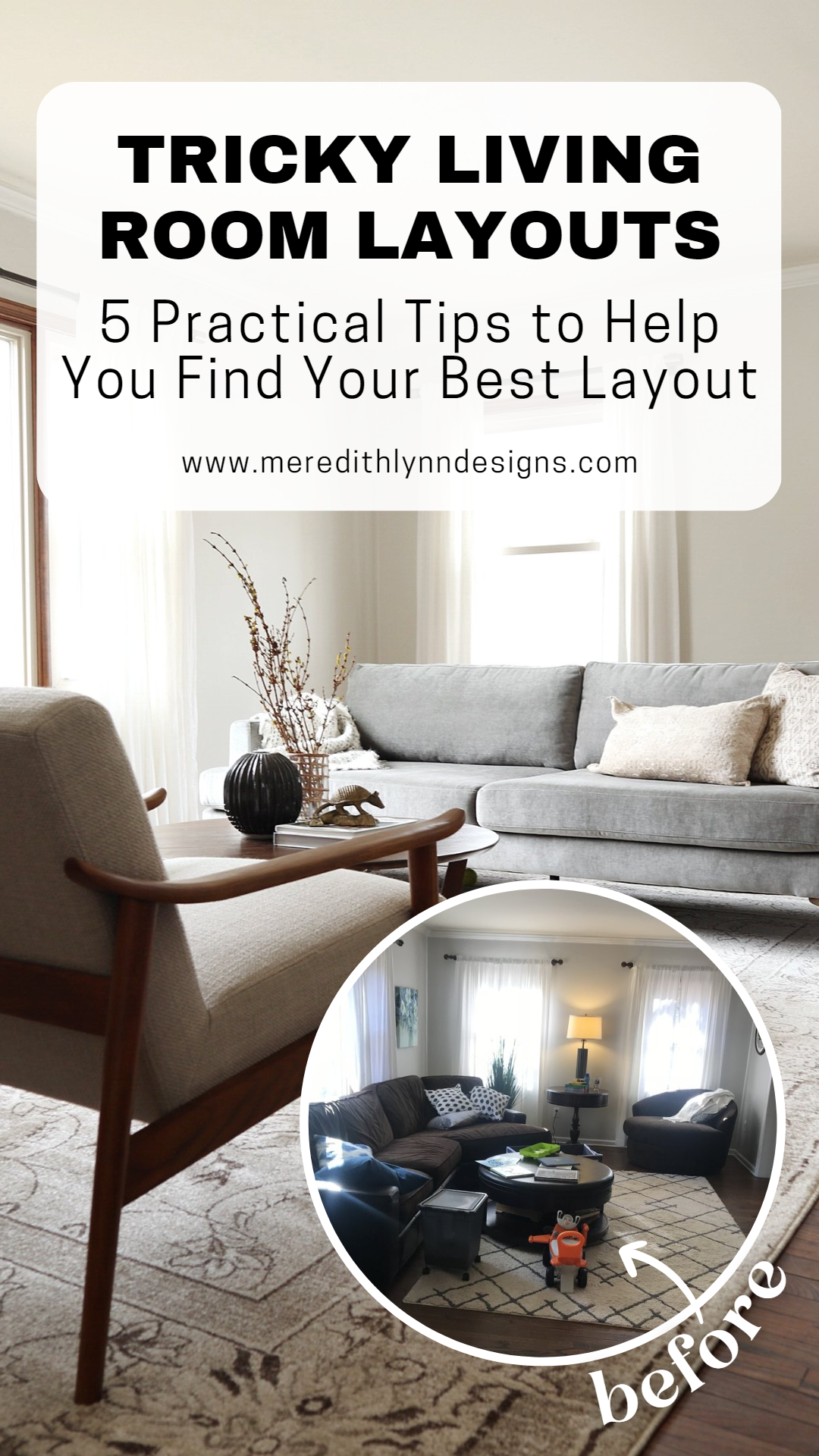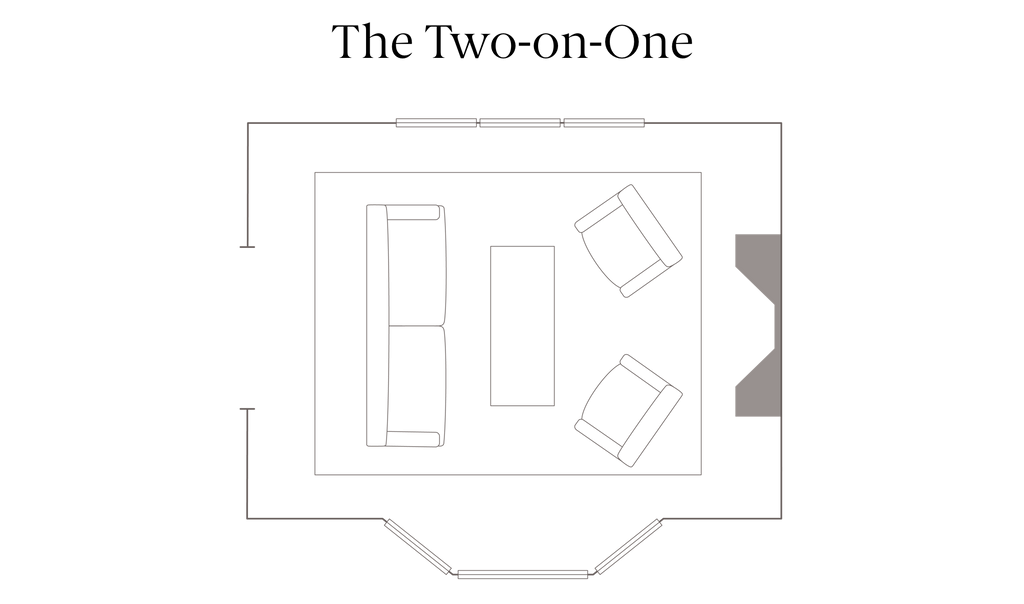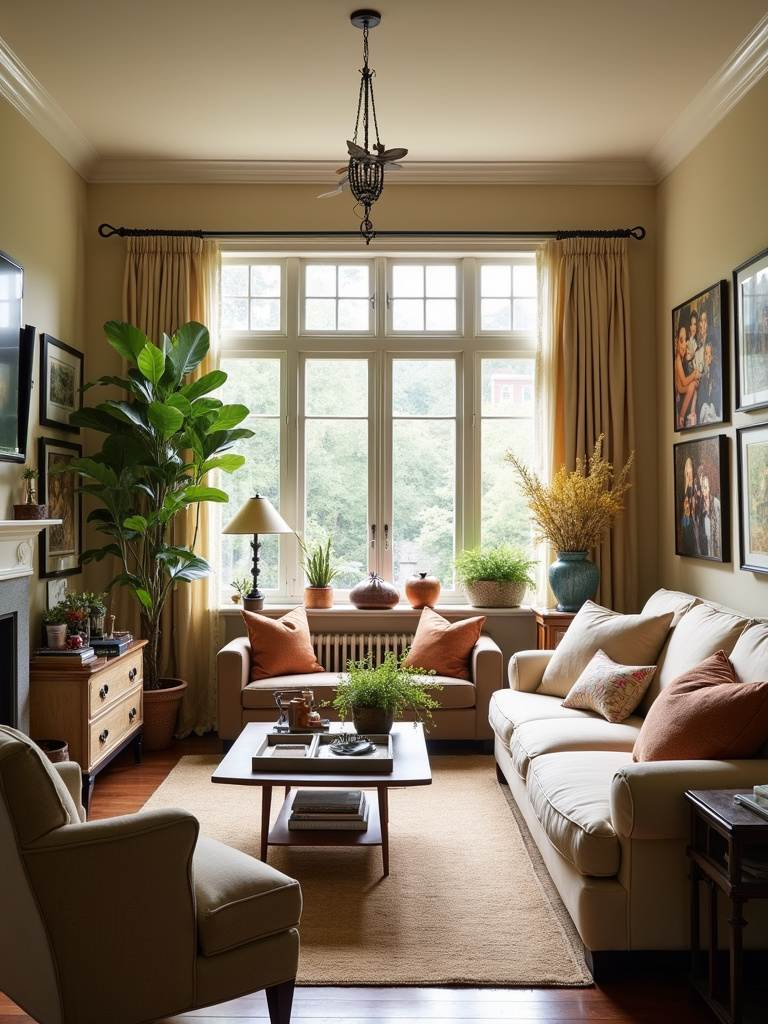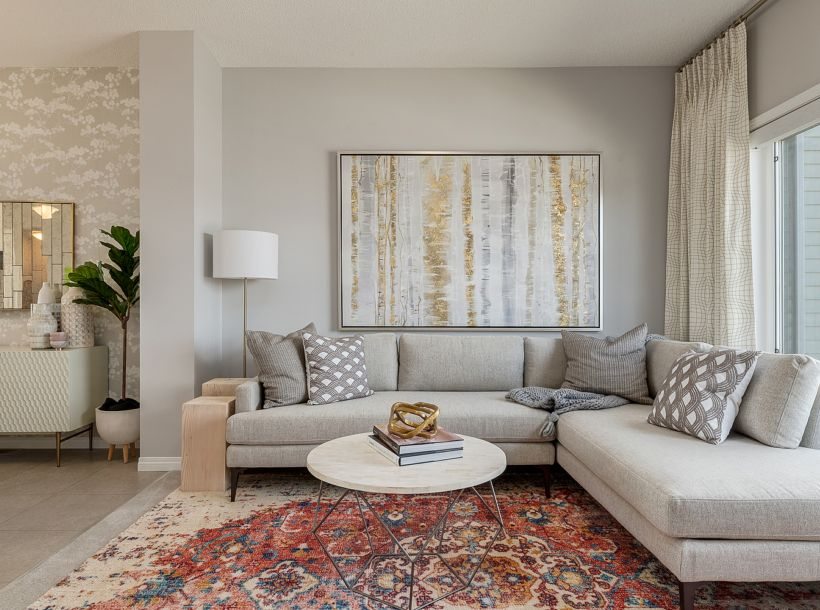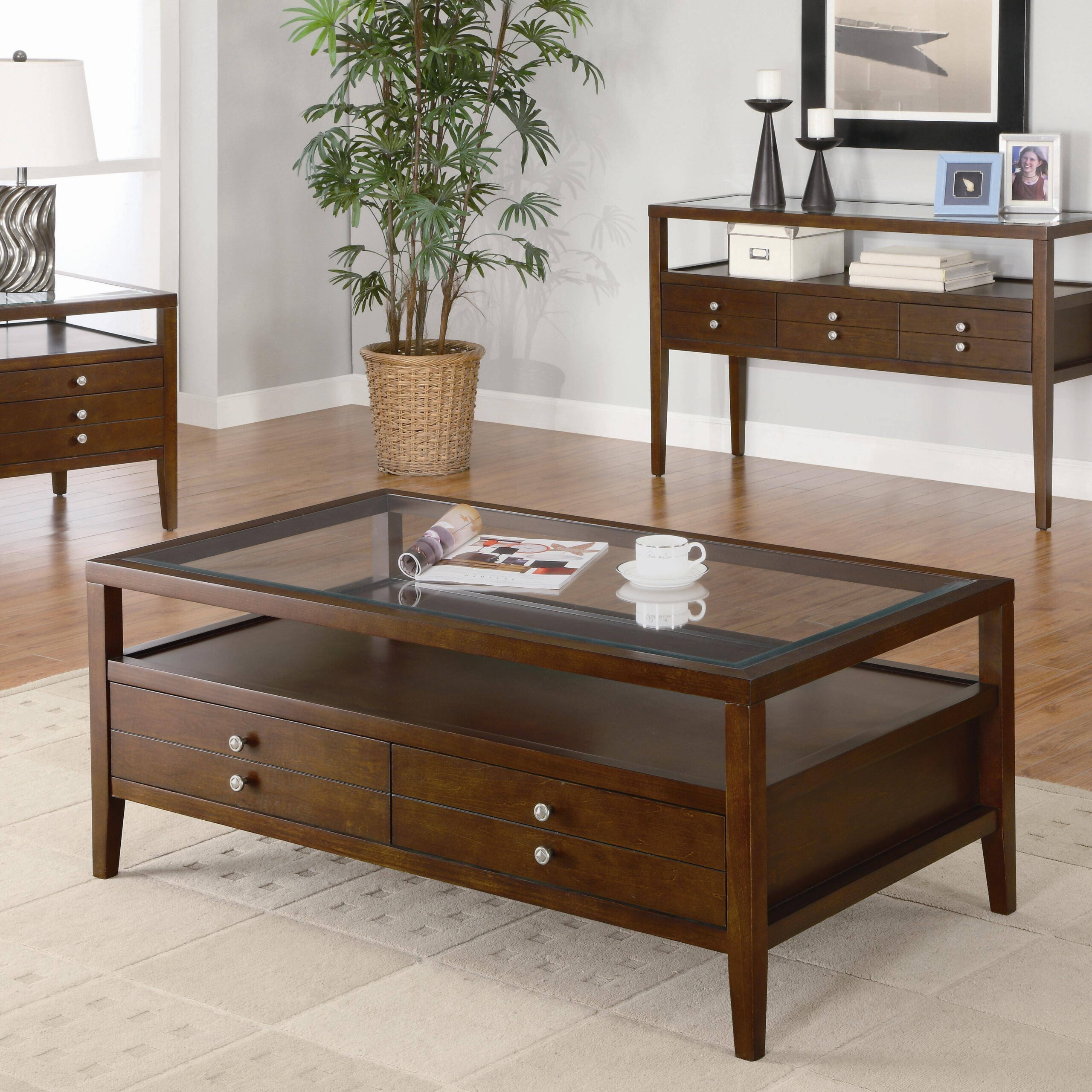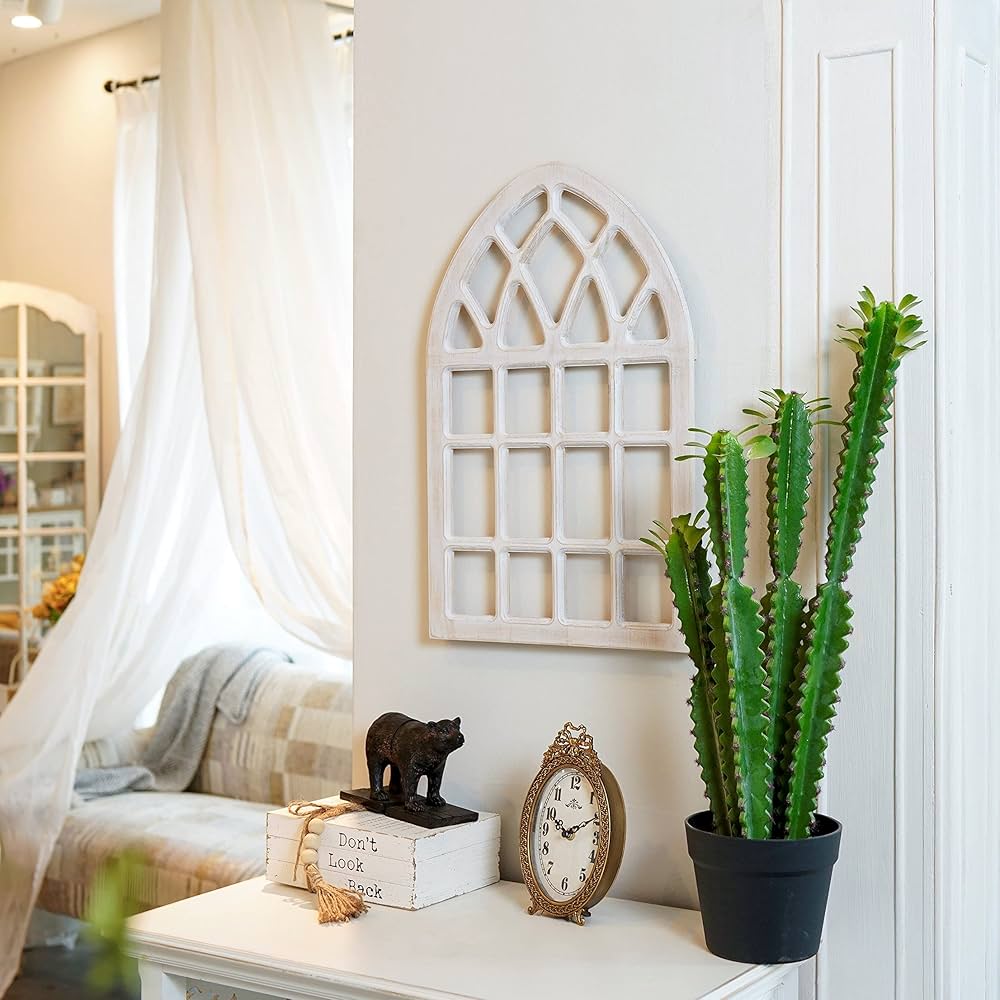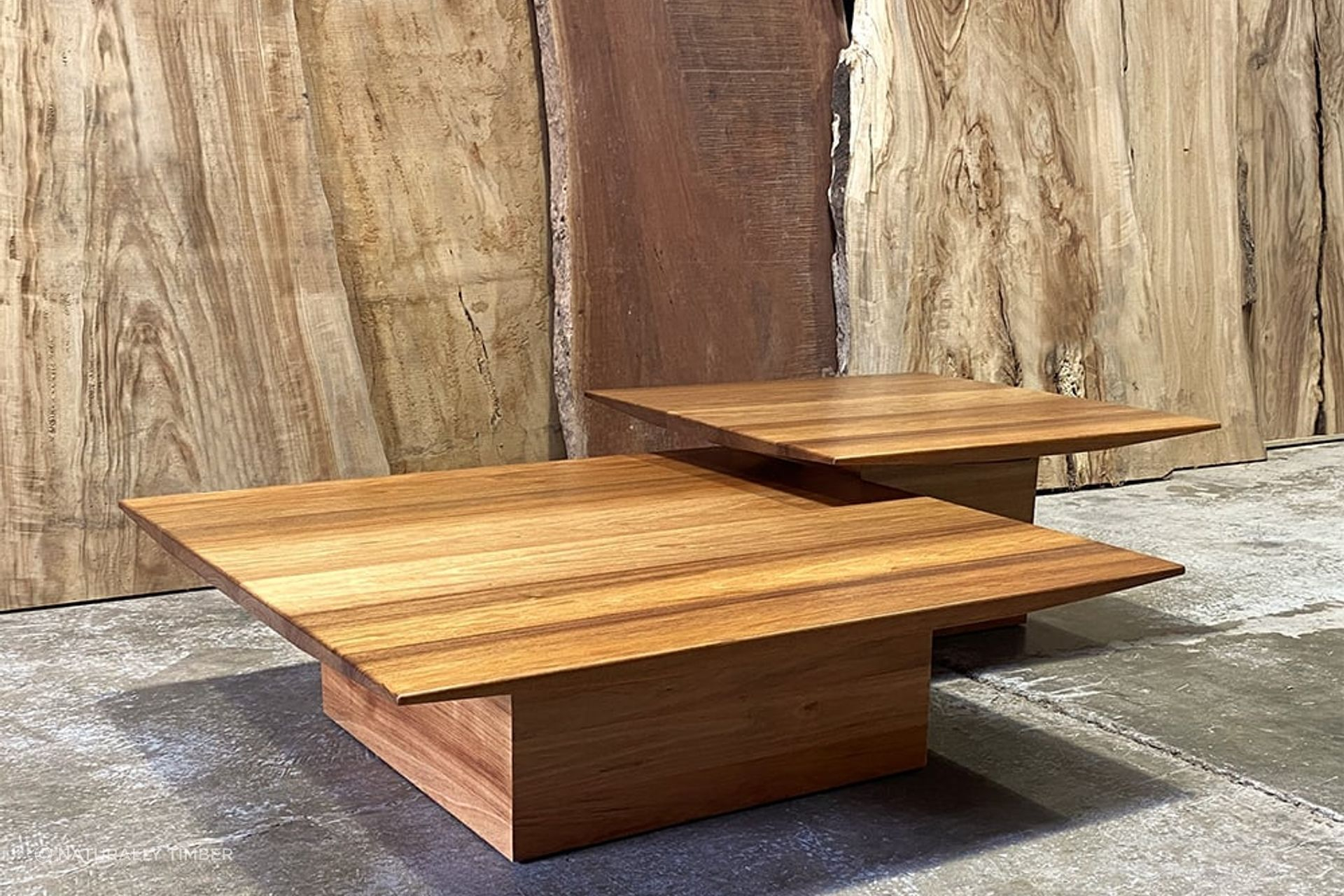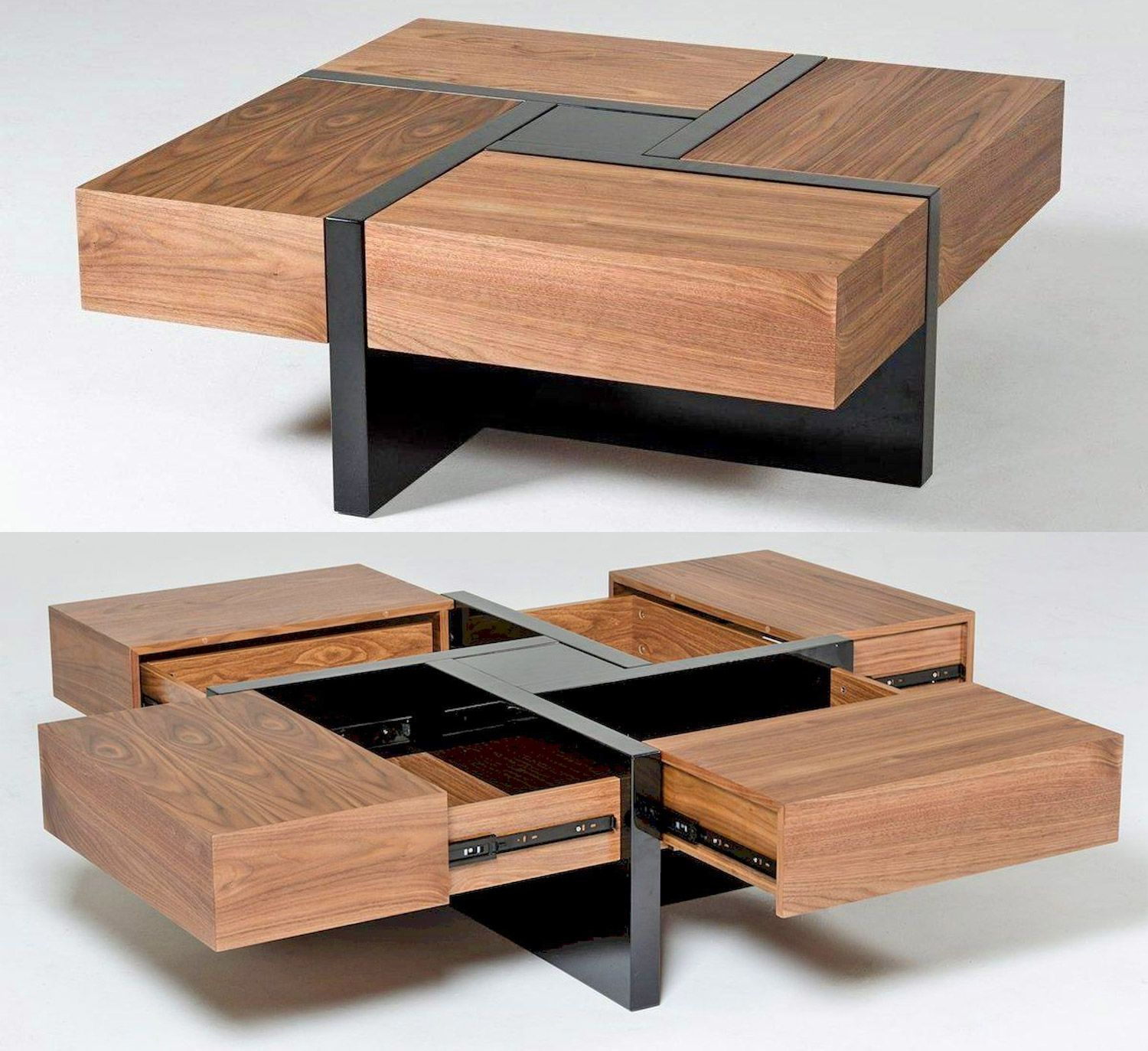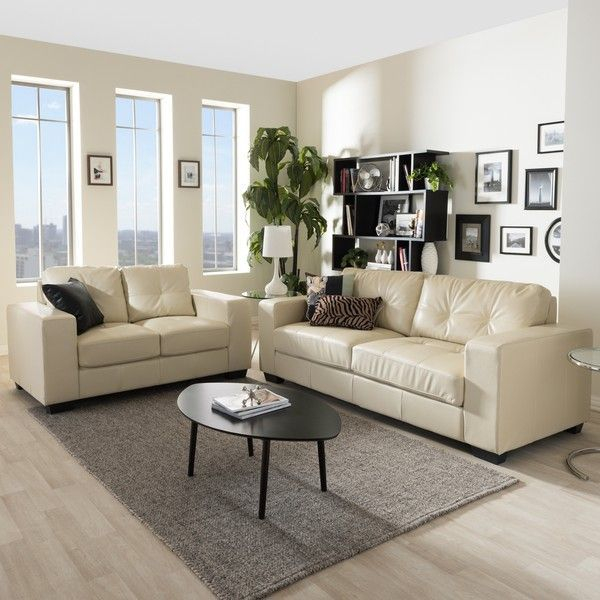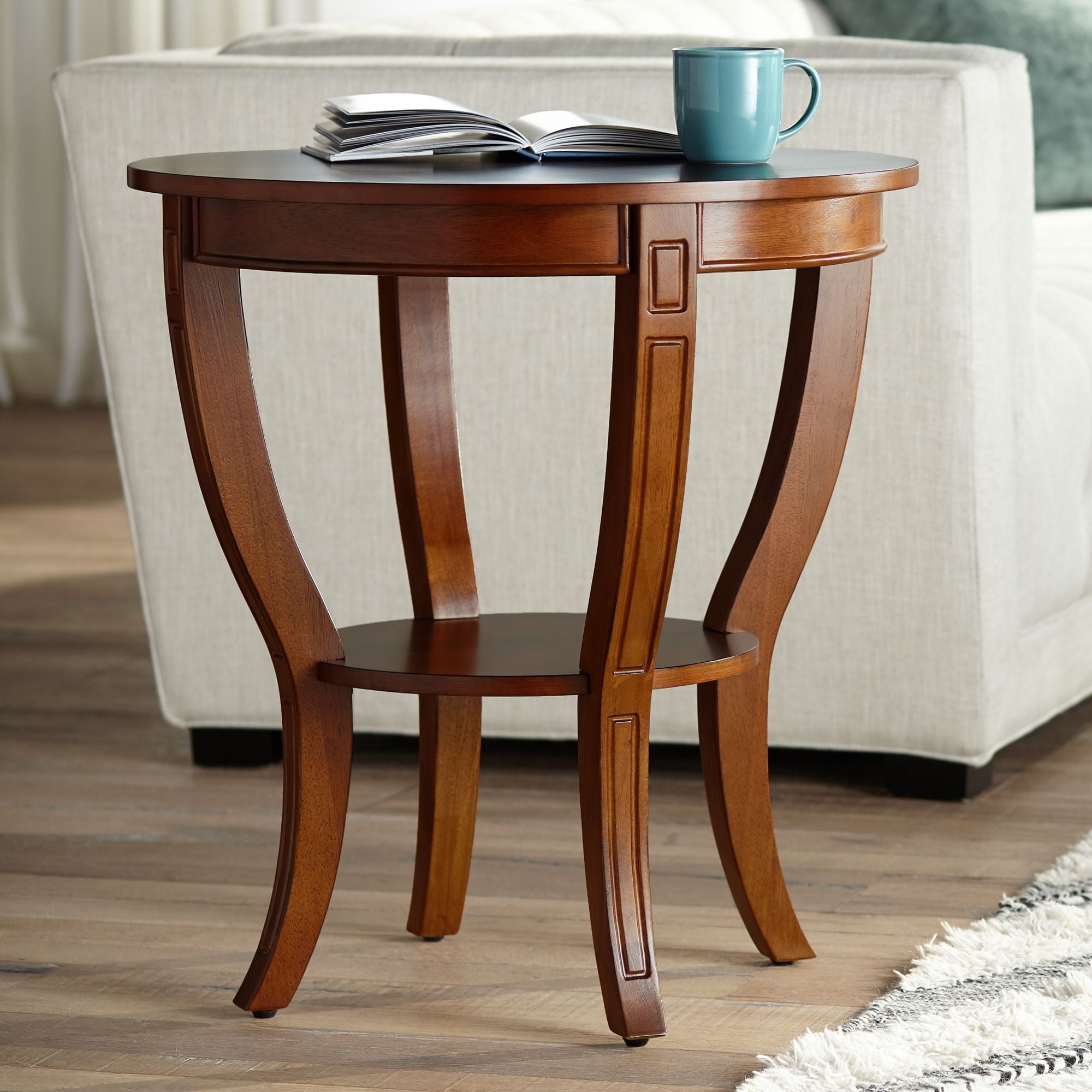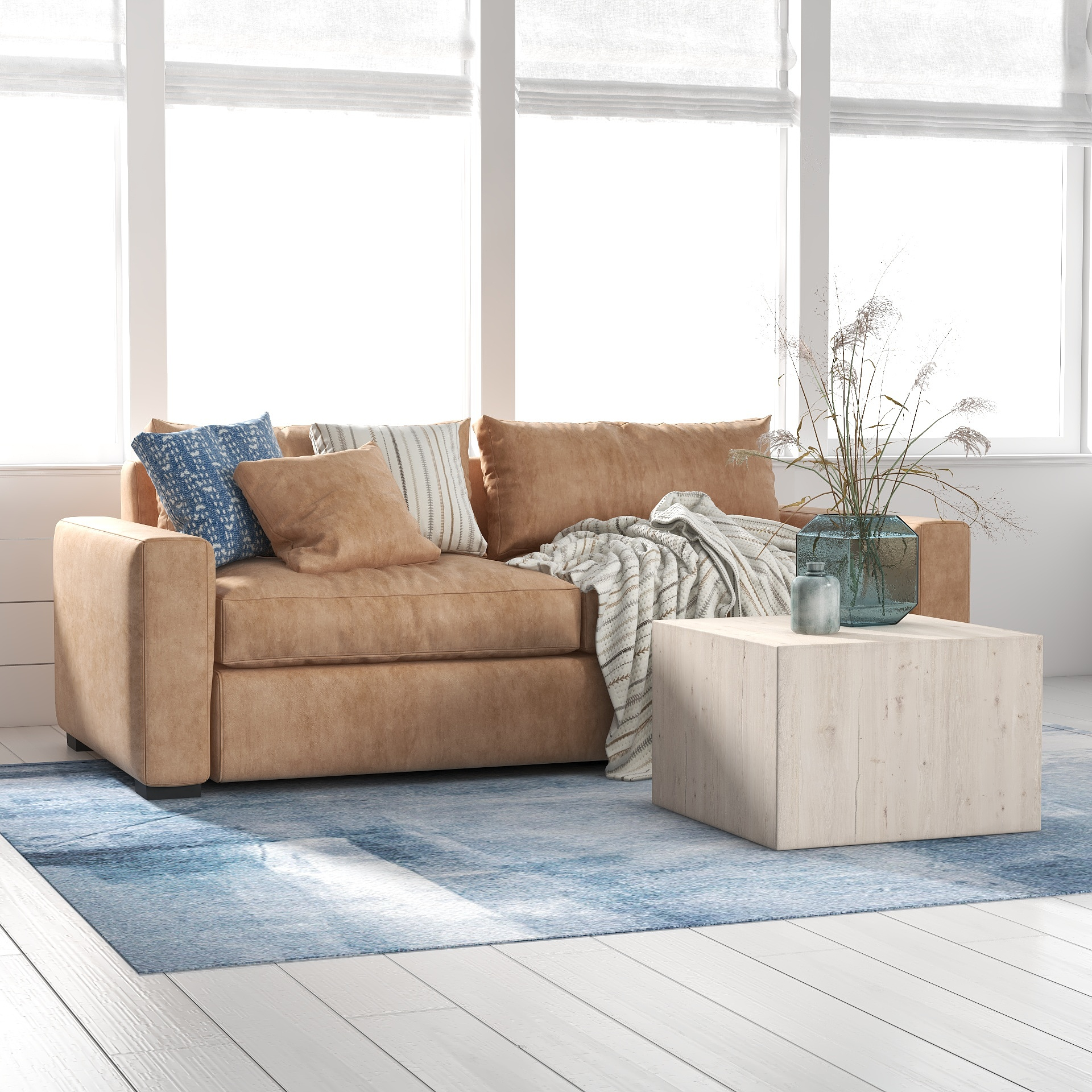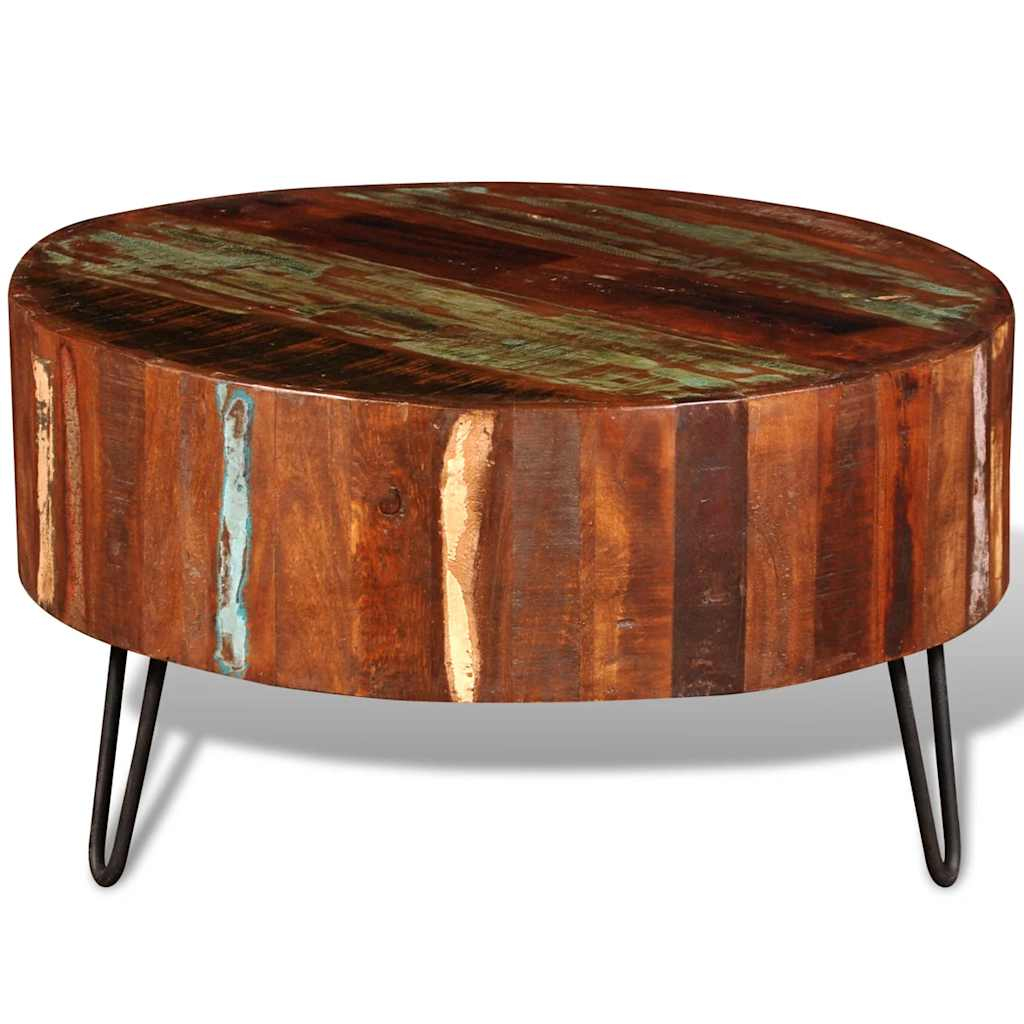Ever walk into your living room and feel… well, a little overwhelmed? You’re not alone. So many of us struggle with making our most lived-in space feel both inviting and functional. It’s that central hub for family time, movie nights, and catching up with friends. But sometimes, it ends up feeling more like a cluttered obstacle course than a cozy sanctuary. Let’s change that, shall we? We’re going to dive deep into how to craft the perfect living room layout, turning that jumble into a beautifully organized and deeply comfortable haven.
Your living room is more than just a room; it’s the heart of your home. It’s where memories are made, conversations flow, and relaxation happens. But achieving that perfect balance of style and comfort can feel like a puzzle. A poorly planned layout can make even the most beautifully decorated room feel awkward or cramped. Think about it: do you trip over coffee tables? Is the TV view impossible from half the seats? Does it just feel… off? Getting the layout right is fundamental. It’s about more than just shoving furniture around; it’s about creating flow, defining zones, and making the space work for you. Ready to transform your space from a source of stress to a sanctuary of serenity? Let’s get started on building that cozy, functional living room you’ve always dreamed of.
Understanding Your Space and Needs
Before you even think about moving a sofa, take a step back and really look at your living room. What are its best features? What are its challenges? Measure everything – the walls, the windows, the doorways. This isn’t the most glamorous part, but it’s crucial. Think about how you actually use the room. Is it primarily for watching TV? Entertaining guests? Reading and relaxing? Maybe a bit of everything? Understanding your lifestyle needs is key to a successful layout. For instance, if you entertain a lot, you’ll want ample seating that encourages conversation. If your family loves movie nights, the TV and seating arrangement become paramount. Don’t forget to consider the room’s natural light and traffic flow. Where do people naturally walk through the room? You don’t want to block those pathways. It’s all about making the space work for the people who live there, not the other way around. Consider your furniture too – what do you already have, and what pieces are essential for your needs?
The Art of Furniture Arrangement: Finding the Focal Point
Every great living room layout starts with a focal point. This is the element that naturally draws the eye when you enter the room. It could be a fireplace, a stunning view from a window, a large piece of art, or even your entertainment center. Once you’ve identified your focal point, arrange your main seating pieces around it. The goal is to create a conversation area that feels cohesive and inviting. For example, if your fireplace is the star, arrange your sofa and armchairs facing it, perhaps with a coffee table in the center. If the TV is your focal point, ensure all seating has a comfortable viewing angle. Avoid pushing all your furniture against the walls. Pulling pieces slightly away from the walls can actually make a room feel larger and more intimate. Think about creating ‘zones’ within the room, especially in larger spaces. A conversation area can be one zone, and perhaps a reading nook with a comfy chair and a floor lamp could be another. This makes the room feel more dynamic and functional.
Creating Flow and Functionality
A well-laid-out living room should feel easy to navigate. This means paying attention to traffic patterns. You don’t want to be squeezing past furniture to get from one side of the room to the other. Aim for at least 30-36 inches of clearance for main walkways. The placement of your coffee table is also important. It should be easily reachable from the seating, typically about 14-18 inches away from the sofa. Ensure there’s enough space to walk around it comfortably. Side tables are also your best friends. They provide surfaces for lamps, drinks, and books, and they help anchor seating groups. Don’t be afraid to experiment with different arrangements. Sometimes, the best layout isn’t the most obvious one. Try a few options and see what feels most natural and functional for your daily life. It’s about creating a space that feels effortless to use.
Balancing Scale and Proportion
The size of your furniture relative to the size of your room is critical. A massive sectional sofa in a tiny room will overwhelm the space, making it feel even smaller. Conversely, delicate, small-scale furniture in a large room can look lost and insignificant. Aim for pieces that are proportionate to the room. Consider the height of your furniture too. A sofa with a lower profile might make a room with a low ceiling feel airier. If you have a large room, you might need larger pieces or even multiple seating groups to fill the space effectively. Don’t forget about the scale of your accessories, like rugs and lamps. A rug should be large enough to anchor your main seating area – ideally, the front legs of your sofa and chairs should sit on the rug. This visually ties the arrangement together.
Lighting: The Unsung Hero of Layout
Lighting is often overlooked when planning a layout, but it plays a huge role in how a room feels. You need layers of light to create ambiance and functionality. Think about ambient lighting (general illumination, like ceiling lights), task lighting (for activities like reading, so floor lamps or table lamps near seating), and accent lighting (to highlight artwork or architectural features). Strategically placed lamps can also help define zones and guide traffic flow. For example, a floor lamp in a corner can create a cozy reading nook. Ensure that your seating arrangements consider the placement of light sources. Can you easily reach a lamp to turn it on? Is the lighting too harsh or too dim for the activities you’ll do there? Good lighting can make a room feel warm, inviting, and perfectly functional, no matter the layout.
Tips for Small Living Rooms
Living in a smaller space doesn’t mean you have to sacrifice style or comfort. In fact, a well-thought-out layout can make a small living room feel surprisingly spacious. Opt for multi-functional furniture, like ottomans with storage or sofa beds. Choose furniture with visible legs; this creates a sense of openness because you can see the floor beneath it. Vertical space is your friend – use tall, narrow bookshelves or wall-mounted shelving to draw the eye upward and maximize storage without taking up too much floor space. A lighter color palette for walls and furniture can also make a room feel bigger and brighter. Consider a sofa with a streamlined design and avoid bulky, overstuffed pieces. Mirrors are also fantastic for reflecting light and creating the illusion of more space. And remember, less is often more. Avoid cluttering a small room with too much furniture or too many decorative items. Focus on a few well-chosen pieces that serve a purpose and bring you joy.
Creating the perfect living room layout is a journey, not a destination. It’s about understanding your space, your needs, and how you want to feel in your home. By focusing on a clear focal point, ensuring good traffic flow, balancing furniture scale, and layering your lighting, you can transform even the most challenging room into a cozy, functional, and beautiful heart of your home. Don’t be afraid to experiment and trust your instincts. The most important thing is that your living room feels like yours – a place where you and your loved ones can relax, connect, and make lasting memories. So, go ahead, start arranging. Your perfectly cozy living room is within reach.


